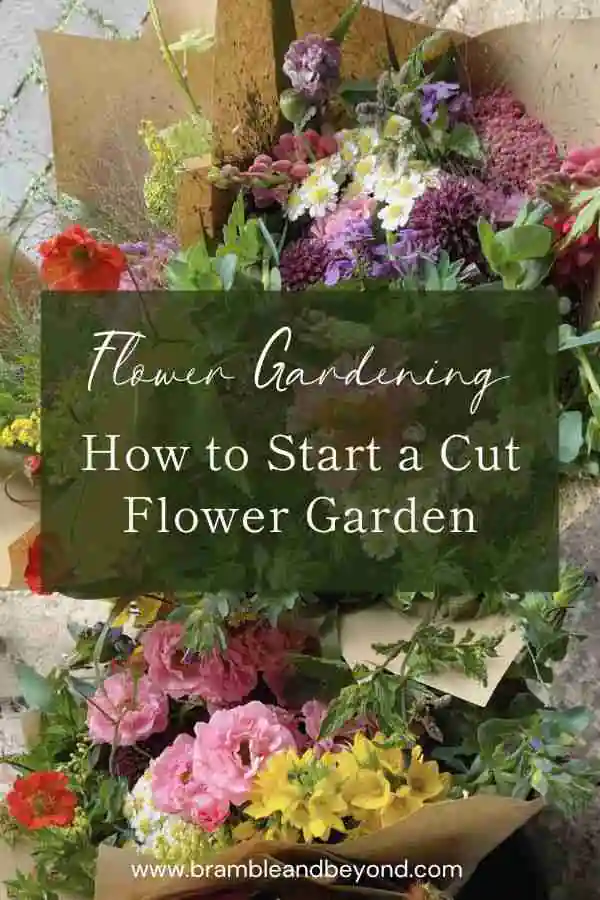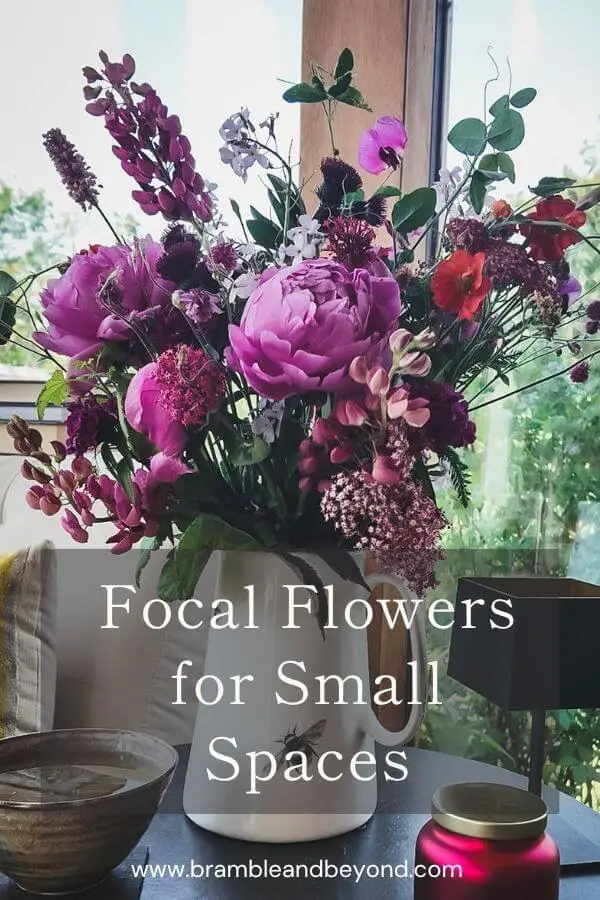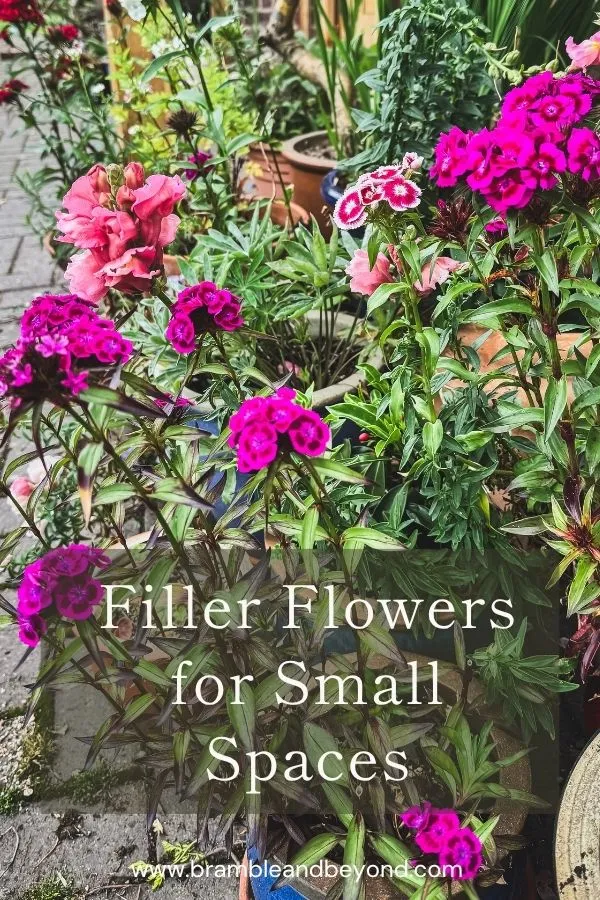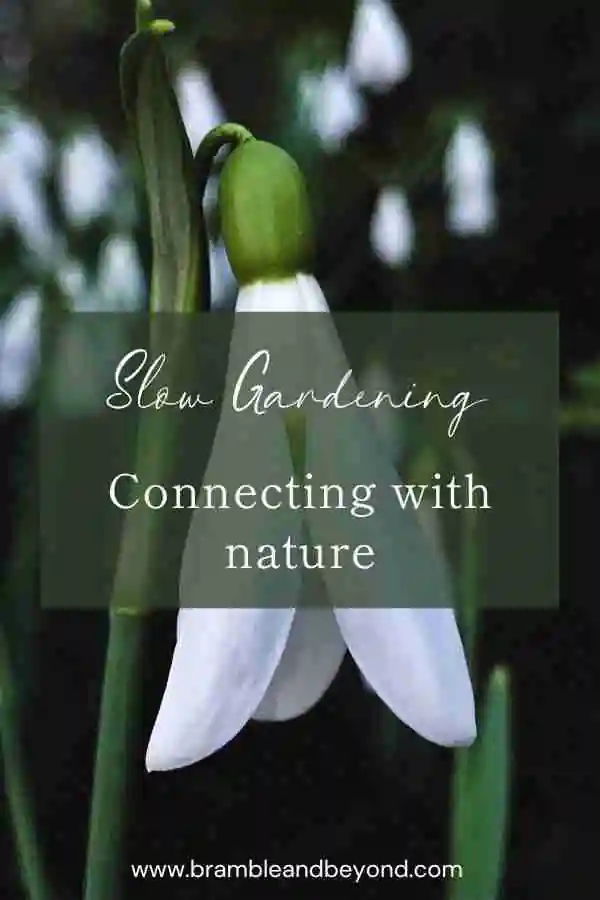Disclosure: This post may contain affiliate links, meaning I get commission if you decide to make a purchase through my links, at no cost to you. Please read my Affiliate Disclosure for more information.
Welcome to the wonderful world of cut flower gardening!
Cut flowers make a beautiful addition to any home or outdoor area, and you’ll enjoy fresh-cut flowers all season long when you grow them yourself. How to start a cut flower garden is easier than you think and requires minimal effort and has many benefits; that’s my kind of gardening!
With some basic knowledge and the right supplies, you can create a garden that will provide abundant blooms for bouquets, arrangements, and much more.
What tools do you need to start a cut flower garden?
A cut flower garden does not require too many tools to get you started. The list below is just some of the things you might need in the order that you are likely to need them:
- Pots, containers, and compost to sow your seeds. You can grow seeds in egg boxes, yogurt pots, and even toilet roll tubes, so it doesn’t need to cost much. Seeds also don’t need too many nutrients to get them started, so you don’t need the best quality compost at this point. However, it goes without saying the best quality peat-free compost you can get is always worthwhile.
- Somewhere warm for your seeds to germinate. A warm windowsill or a small cold frame is good enough to get you started. As you become obsessed, you may want to invest in a cold frame, greenhouse, or polytunnel.
- Seed labels and a dibber for making holes in the trays. It’s always best to know which seeds are which so you don’t get any surprises, enabling you to make sure you plant them in the right conditions. I tend to use the pencil I use to write the labels as my dibber.
- Somewhere to grow your flowers. You can grow cut flowers in containers, raised beds, a patch of unused land in your garden, or within your garden itself. As long as you are happy to use the flowers once they grow, then anywhere will do.
- Some form of support for taller varieties of flowers. These can be as basic and cheap as bamboo canes and netting, or more structural and permanent. It doesn’t matter. As long as you learn to provide support to the plant before they need it, then you will be fine. The longer and straighter the stem of a cut flower, the easier it is to work with in your floristry.
- A small trowel or hand fork to plant out your seeds. If your soil is a fine tilth, you can use your hands as the seedlings won’t require big holes. I work on clay, so a trowel is always needed – and it saves getting soil embedded in your nails!
- A pair of good quality secateurs or snips. A sharp blade makes it much easier to make clean cuts when harvesting flowers, so investing in a reliable pair early on will save time and effort in the long run.
Discover more details on what tools you need for your cutting garden here.
How to start a cut flower garden?
Cut flower gardens are easy to create and maintain. They provide the perfect opportunity to get creative with colour and texture combinations. With careful planning, preparation, and planting, you’ll have beautiful flowers in no time. Follow these steps to start a cut flower garden.
1. Decide on your site and how much space you have
You will need surprisingly little space for your cutting garden. Although there is nothing stopping you from cutting the flowers from your current garden, somehow, you will always feel restrained if you do this. Having a dedicated patch where you are free to cut is much more rewarding.
Deciding on the right site for your cut flower garden is vital to ensure success. Here are some tips to consider when selecting a location and determining how much space you have available.
Ideally, select an area that gets at least 6 hours of direct sunlight per day during the peak growing season. Additionally, ensure the soil is well-draining and somewhat sheltered from the wind. The wind is a cut flower gardener’s enemy.
Once you have found your spot, calculating the space you have to work with is an essential first step in planning your new cutting patch.
I work in 1m2, and generally, you can fit about 16 plants into that area, assuming most plants can be planted at a space of 23cm apart. This means you can get 100cm / 23cm = 4 plants per row in a meter. You can also get 4 rows in a meter, which results in 4×4= 16 plants per 1m2.
The larger your area, the more plants and variety you can grow. The smaller the site, the more you will have to consider successional planting, or stick to cut-and-come-again plants, to have a continuous supply.
If you are happy with succession sowing, then as a minimum, a patch of 2m x 1m is all you need to start. Use 1m2 for active cutting; the other half will grow the plants for the next succession. The area will swap back and forth as the season continues.
If you want to know more about calculating the space you need for your cutting garden check out this post.

2. Decide on what flowers you want to grow
To produce bouquets, you need to consider the 3 Fs of floristry – Foliage, Filler, and Focal flowers. Generally, a pleasing bouquet comprises a third of each type, so consider splitting your patch into threes to ensure you have sufficient of each constituent.
The types of flowers you will grow when you are first starting are likely to be annual seeds. These often only take 12 weeks from sowing to flower production, which means you can produce many of them quickly. Plus, the varieties and colours are endless.
To help you decide what to grow, my biggest tip would be to decide on one colour palette and stick to it – especially if you have limited space. Trying to grow something of every colour will be exhausting, and you will find that you won’t create cohesive arrangements.
Adding some perennials to your borders to supplement your flower garden is also helpful – adding some astrantia, achillea, lavender, roses and peonies will be a good idea.
Above everything, it’s important to grow what you love. Grow flowers that remind you of your childhood, wedding, or other special occasions. Remember, you are doing this for fun, so grow anything that fills you with joy.
Discover more details on creating a plan of what to grow in your cutting garden in this post.
3. Plan when to sow your seeds
You can have a beautiful and fragrant garden all summer long by planning your sowings.
Knowing when to plant your seeds depends on which type of flower you’re growing and where you live. Generally, most hardy and half-hardy annuals should be planted in early spring and biennials in early summer. However, you can start your season by sowing and planting hardy annuals in the autumn of the year before.
If starting your seeds inside in spring, plan on sowing 10-12 weeks before you need the flowers and four weeks before the last frost date. Once planted outside, give yourself six weeks before expecting blooms, and remember not all varieties grow at the same rate!
Be careful not to sow too many seeds of the same variety simultaneously. They will all flower together. So while you can create lots of arrangements, they will all be in the same week! It is better to succession sow, sowing small numbers of the same seed, maybe as often as every two weeks, to ensure a continuous picking season throughout the summer.
4. Prepare the soil
One of the most crucial steps in ensuring the success of your flower patch is preparing the soil. By properly preparing the area where you plan to plant, you can provide your plants with the nutrients and support they need to thrive.
When it comes to growing cut flowers, the goal is to maximise each plant’s productivity. This means planting them closer together than in a typical garden, allowing for more flowering stems while promoting strong and healthy growth. The close proximity of the plants can also provide natural support, reducing the need for additional staking. Although, some support will help encourage straighter stems.
To meet the high expectations of plants in a limited space, it’s important to enrich the soil with compost. Before each new planting, add a top layer of compost to provide essential nutrients. This compost layer not only nourishes the soil but also improves its structure over time. Additionally, a thick layer of compost acts as a mulch, helping to suppress weeds and reduce the need for watering. Weeds can compete with your flowers for space, and it’s best to minimise their presence. This is an approach that supports the no-dig process.
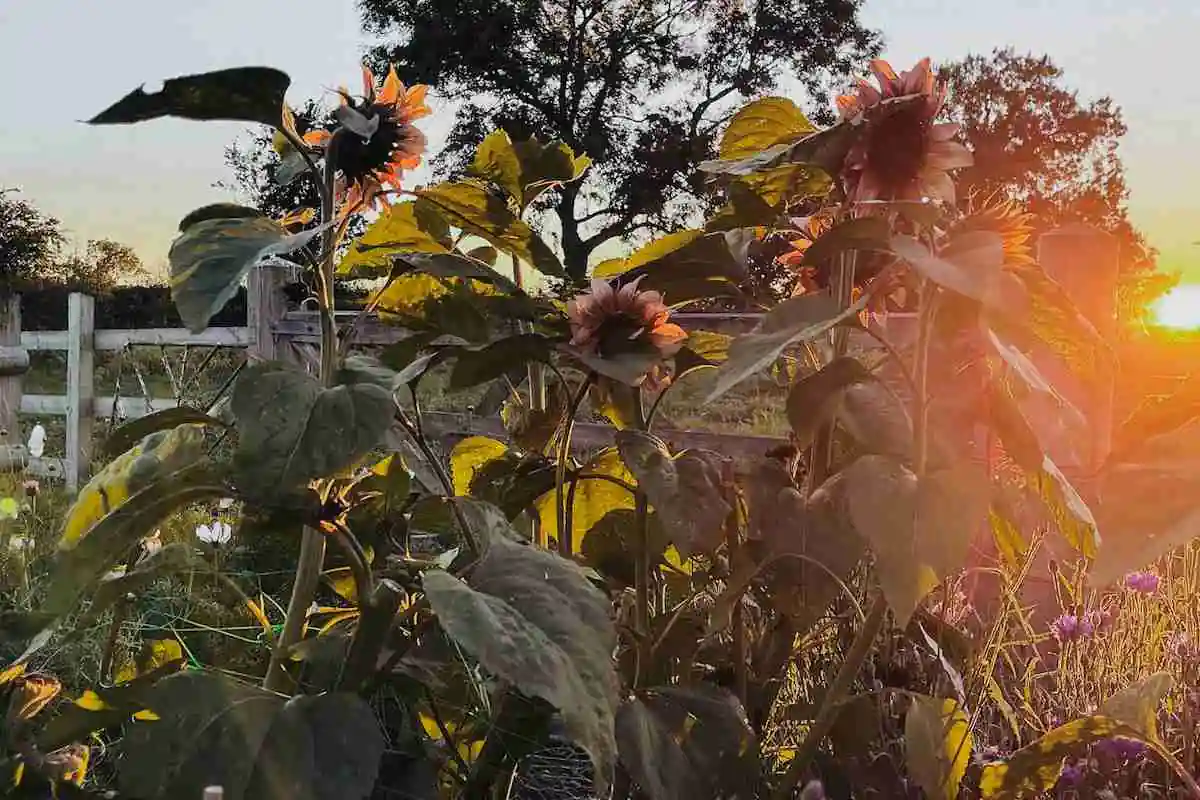
5. Sow the seeds
Starting your own cut flower garden can be as simple as finding the perfect spot and sowing the seeds. If you’ve followed the steps outlined above, you should already have a sowing plan in place. Now it’s time to sow the seeds and nurture them until they are ready to be planted outside.
Consider the specific needs of your seeds and choose an appropriate location for germination. Most seeds require warm and humid conditions to sprout, so a windowsill, greenhouse, or cold frame will suffice. If needed, you can use propagator trays with lids or cover your containers with clear plastic bags or clingfilm to retain warmth and create humidity. However, always check the instructions as some seeds prefer cooler or darker conditions for germination.
The germination rate can vary from seed to seed and supplier to supplier. It’s recommended to sow only the amount of seeds you need, with a few extras for good measure. This way, you won’t end up with more seedlings than you have space for in your garden. If you’re planning for successive plantings, sow a few seeds at a time, but do it frequently. This way, if you experience any losses in the first round of sowing, you can easily catch up with the next batch.
Getting your seeds to germinate is just the beginning of your gardening journey, but it’s an important milestone.
If you are ready to buy your seeds I have all of the easy cut flower seeds to grow in my shop. Shop Now
6. Plant out the plants when they are ready
As your seedlings grow, they will become larger and stronger. However, it’s important not to keep them in containers for too long, as they can become leggy and weaker as they deplete the nutrients in the pots.
For certain flower types, you may consider pinching out the growing tip to encourage the development of secondary branches. This can ultimately result in more blooming stems. Keep in mind that the effectiveness of this technique may vary depending on the specific plant. Ideal plants for this approach are snapdragons, zinnias and cosmos.
Before your seedlings are ready to be planted outside permanently, it is best to acclimatise them by hardening them off. This means placing them outside in short stints, gradually increasing the time they are out each day for about a week. They definitely shouldn’t be left outside overnight until all risk of frost has passed.
Once the risk of frost has passed, it’s crucial to transplant all your plants into their final positions as soon as possible. This will allow them to establish themselves and continue their growth without any constraints.
7. Start a compost heap
Creating nutrient-rich soil for your flower garden requires a generous amount of compost. Buying compost can be costly, so it’s a great idea to start your own compost heap. The bonus is that by growing a cutting garden will also generate lots of material to add to your compost heap.
There are various composting techniques and containers available, so you can choose the one that suits your available space and needs.
I cannot stress enough the importance of having a compost heap. Your plants will greatly benefit from the rich organic matter it provides, resulting in healthier plants with blooms.
When you start a cut flower garden it may seem overwhelming at first, but with the steps outlined above, it’s an achievable and rewarding endeavour.
Just imagine all the sustainable seasonal beautiful flowers you’ll have to brighten up your home. So why wait? Start your cut flower garden and enjoy the beauty it brings.
Learn more about how to start and grow a cut flower garden in this series of blog posts:
- The 9 Benefits of Starting a Cutting Garden
- How to Start a Cut Flower Garden – 7 easy steps
- What’s the Best Cutting Garden Layout: How Much Space Do You Need?
- The Tools You Need to Create a Cut Flower Garden
- Cutting Garden Plan: What Makes a Good Cut Flower Garden
- When to Start a Cut Flower Garden For Beginners
- How to Grow Flowers For Cutting: Flower Bed Maintenance
- Flower Bed Maintenance: A Guide To Watering
And if you want to do it with the minimum of trouble find out the mistakes I made in starting my flower patch.

